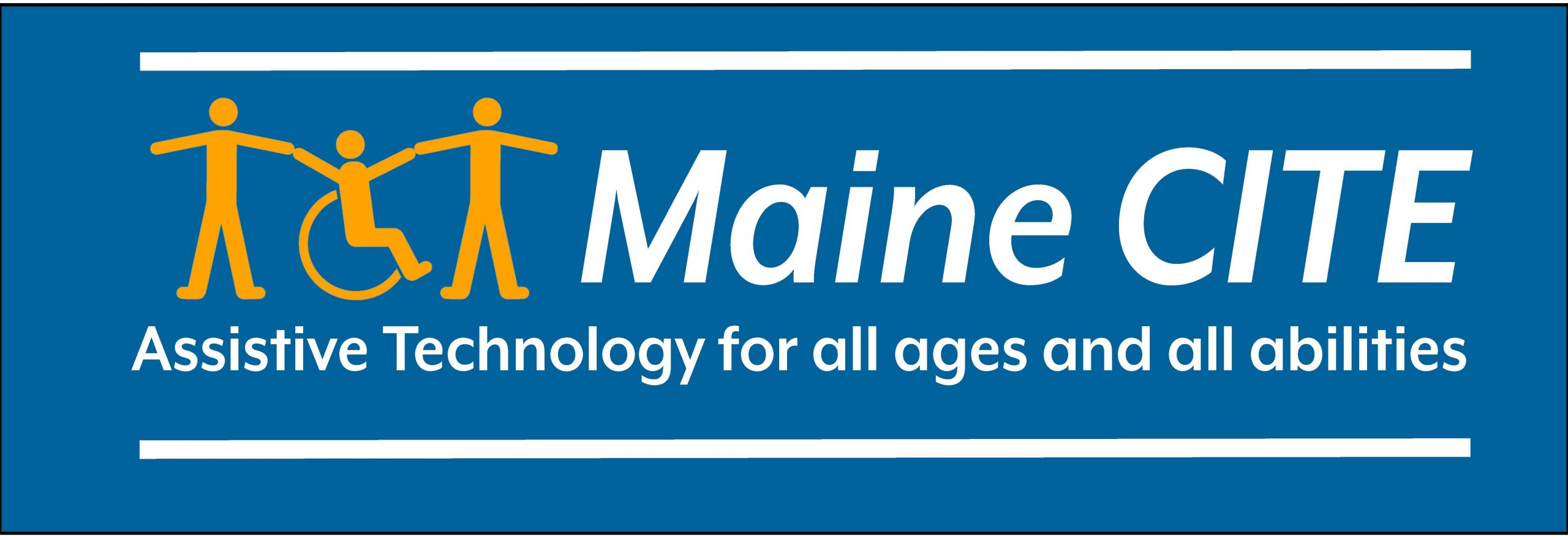Apps for students with learning disabilities/dyslexia
Overview
Most of the Assistive Technology (AT) software applications designed for students with learning disabilities/dyslexia are focused on accommodating the reading process. However, there are also a large number of software applications that can assist students with learning disabilities in other ways including, planning, time management, organization, speech-to-text (for students who also have written expression issues), audio recordings, note-taking and many others.
The following are lists and resources for locating lists of apps, software applications and other technologies designed to assist students with learning disabilities/dyslexia.
Reading Apps
Most of the reading apps for students with learning disabilities/dyslexia might be referred to as “enhanced literacy applications.” These are essentially e-reader/e-book applications with additional enhancements designed to support the reader. It should be noted that these are typically seen as accommodations for students who struggle with reading rather than tools to instruct or remediation reading difficulties.
“Enhanced Literacy Applications” often include the following features:
- Text-to-speech – Text is read to the student and controls present to change the voice and speed of the speech.
- Font size and style changes – Allows the student to changing the type, size or color of font.
- Font color and background changes – Allows the student to change the font color and or background color
- Highlighted words – While using the text-to-speech feature, the application highlight the words, sentences or paragraph when reading back.
- Built-in glossaries – Allows the student to look up the meaning of words without having to leave the text.
- Notation/annotation – Allows the student to “mark-up” or make notes regarding the text.
There are many enhanced literacy apps and software programs on the market, many of which are rather expensive. However, increasingly many of the “literacy enhancements” are now being offered either freely as apps or browser extensions or can be found included into the device’s OS.
Reading Resources
Thank you to educator/AT Specialist Jamie Martin for assistance in developing these resources.
- Built-in Accessibility Features – All of the major operating systems have assistive technology features and services included designed to increase access for people with disabilities. The links below provide information about each system:
- Optical Character Recognition (OCR) – OCR is a technology that scans images and other digital file types (e.g., PDFs) and attempts to “read” the words and numbers embedded in the image file. The quality of the conversion depends on the quality of scanned file. OCR Apps:
- Enhanced Reading Applications (ERA) for Bookshare – Bookshare is a free collection of accessible digital books that students with print disabilities can download. In addition to the native Bookshare web-based reader, there are several ERAs that can be used with Bookshare files.
- Other Digital Tools – there are many other digital assistive technology tools to help students with learning disabilities. Here are some:
- Microsoft Inclusive Reader – A new learning tool built into the MS Office products.
- DocsPlus – writing tools.
- Texthelp – Read&Write – browser toolbar.
- Kurzweil 3000.
- Don Johnston – Co:Writer.
- Snap&Read Universal.
- Word Bank Universal.
Planning, Time Management, and Organization
The following apps and applications are recommended to help students with learning disabilities/dyslexia get more organized, to plan and manage their time:
See also: Teaching Time Management to Students with Learning Disabilities – LD Online
Note-taking and Written Expression
There are a number of assistive technology devices, apps and services that can be used to assist and support learners with note-taking and written expression.
Note-Taking AT and Apps
- LiveScribe Pens – these special devices provide a means for recording audio in classrooms and meetings and synch the audio with handwritten notes taken by the user.
- Sonocent – an audio note-taker application that works within a handheld digital device (tablet, smartphone) and allows the user to make annotations and add additional reference materials.
- Glean – a new note-taking application from Sonocent. This product specifically designed for on-line learning situations.
- Evernote – a free app that works with many devices (laptops, tablets, smartphones) to take notes, draw and diagram, take photographs and screenshots, clip out webpages and PDFs, as well as record class lectures.
- OneNote – note-taking application that is part of the Microsoft Office 365 package.
- Notability
- AudioNote
- Whink
- Otter Voice Notes
Written Expression
These software programs help students produce text, organize their thoughts, make word choices, spell words correctly, and catch some of the errors they make while writing.
- Clicker 8.
- Don Johnston – Co:Writer.
- Dragon Speech Recognition
- Ghotit
- Kurzweil 3000.
- Texthelp – Read&Write
- Wrise – Mac only.
See also: Software Programs for Kids Who Struggle With Writing – Understood
Training webinars and videos
- International Dyslexia Association – Webinar: Assistive Technology to Use During Distance Learning – You Tube.
Articles and other external resources
- Top Assistive Technology Tools For Dyslexia And Dysgraphia.
- Technology Tools That Can Help Dyslexic Students.
- 18 Assistive Technology Apps and Extensions for Struggling Students.
- Assistive Technology And Dyslexia.
- Assistive Technology Factsheet – Dear Dyslexia.
- Assistive Technology for Dyslexia And Dysgraphia.
- Will Digital Accessible Books Improve Reading for Students with Dyslexia?
- Assistive Technology for Kids with Learning Disabilities: An Overview.
- Yale Center for Dyslexia and Creativity – various resources.
- Dyslexia: First 100 Days – Explore Technology.
Lists of lists
- University of Michigan – Dyslexia – AT Software
- University of Michigan – Dyslexia – Tools and Apps
- Understood: AT for Reading.
- Reading Rockets – Literacy Apps for Dyslexia
- Best Apps for Students With Dyslexia
Final note: If you know of other resources on this topic please contact us to share!
Photo credit: Image licensed through Creative Commons by Brad Flickenger.
rev: 01/20/2021
